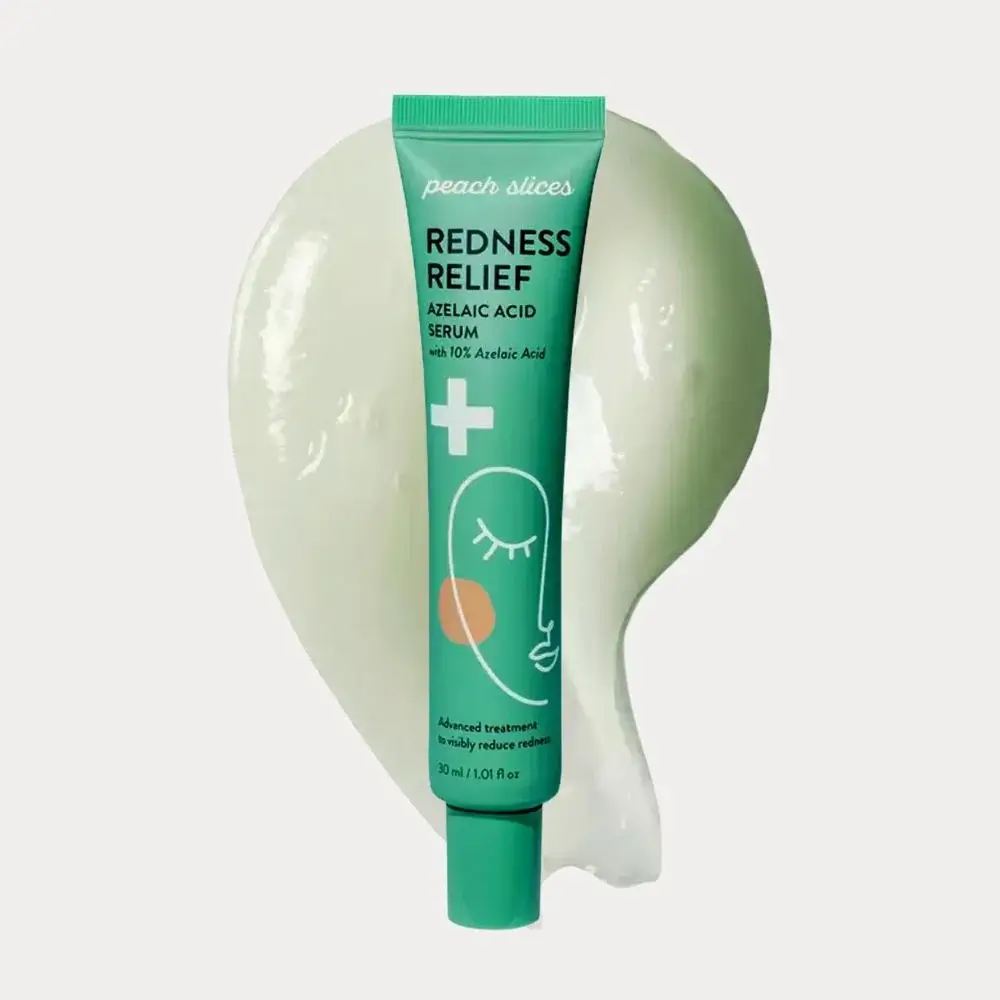Are you looking for a product that can improve your skin’s texture, clear acne, and even your complexion? Azelaic acid might just be the answer for you. This multi-functional ingredient is gaining popularity in the skincare industry for its many benefits. In this blog post, we explore what azelaic acid is, how it can benefit your skin, and how to incorporate it into your skincare routine.
First, it is essential to note that azelaic acid is a naturally occurring dicarboxylic acid that is produced by a type of yeast found on our skin. It is also found in some grains like barley and wheat. Azelaic acid’s anti-inflammatory and antimicrobial properties make it a popular ingredient in many skincare products, especially those targeted towards acne-prone skin. One of its key benefits is that it aids in exfoliation by gently removing dead skin cells to reveal a brighter and smoother complexion.
Azelaic acid is also effective in reducing the production of melanin, which is responsible for uneven skin tone, hyperpigmentation, and dark spots. This makes it a great ingredient for those dealing with hyperpigmentation issues. The ingredient is also an effective treatment for rosacea, as it has been found to reduce redness and swelling in the affected area.
If you have sensitive skin, azelaic acid is a great ingredient to look for in your skincare products. It is known for being gentle on the skin as it is a non-abrasive exfoliant. It is also non-irritating, making it an excellent option for those with sensitive skin or those who are allergic to other exfoliating ingredients like glycolic acid or salicylic acid.
It’s important to mention that when using skincare products containing azelaic acid, start with a lower concentration and gradually increase it to allow your skin to adjust. Azelaic acid can also cause photo-sensitivity, so it is best to use sunscreen to avoid any potential sun damage.
Incorporating azelaic acid into your skincare routine is easy! You can find the ingredients in various products like serums, moisturizers, and spot treatments. If you want to add azelaic acid into your routine, try starting with a serum or spot treatment to see how your skin reacts. You can also consult your dermatologist to determine how to incorporate this ingredient into your routine.
Azelaic acid is a versatile ingredient that offers various benefits for all skin types. It’s a gentle exfoliant for sensitive skin, effective in reducing melanin production, and an excellent ingredient for those dealing with rosacea. As with any new product, it’s crucial to patch review before incorporating it into your routine. Azelaic acid can be a game-changer in achieving a brighter and clearer complexion when used correctly.
Do you struggle with acne, redness, or hyperpigmentation? Look no further because we have found you the best azelaic acid products. Azelaic acid is a multitasking ingredient that helps with a variety of skin concerns. From brightening dark spots to improving overall skin texture, it's no surprise that this ingredient has gained so much popularity. Our research has led us to the best azelaic acid products on the market, and we ensure you won't be disappointed. Click the link to find your next holy-grail product and say goodbye to your skin woes!
What ingredients should I avoid combining with azelaic acid in my skincare routine?
When using azelaic acid, you must be cautious about the ingredients you combine it with. Avoid mixing azelaic acid with products that contain strong acids like glycolic or salicylic acid, as this may increase skin sensitivity and the risk of irritation. Besides, steer clear of benzoyl peroxide, which can reduce azelaic acid's effectiveness. While combining azelaic acid with retinoids can benefit some skin concerns, it can also be harsh for sensitive skin. If you wish to use both, consider consulting a dermatologist for personalized guidance on the best way to incorporate these ingredients into your skincare routine.

What is the ideal adequate pH level for azelaic acid products?
Azelaic acid is most effective at a pH of around 4.5 to 5.0. Products within this pH range ensure the stability and potency of azelaic acid, allowing it to deliver its full benefits. This includes its effectiveness in treating acne, reducing hyperpigmentation, and providing overall skin brightening. When selecting azelaic acid products, it's advisable to check the pH level on the product label or consult with a dermatologist to ensure that you're getting the most out of this active ingredient.

What is the shelf life of azelaic acid products, and how should I store them?
Azelaic acid products typically have a shelf life of around 12 to 24 months when stored properly. To prolong their efficacy, it's essential to store them correctly. Keep your azelaic acid products in a cool, dry place, away from direct sunlight and extreme temperatures. Ensure the product is tightly sealed to prevent air and moisture from affecting its stability. Proper storage will help maintain the quality of your azelaic acid skincare products throughout their shelf life.

How should I combine azelaic acid products with other skincare products?
When incorporating azelaic acid into your skincare routine, following a specific order to maximize its benefits is essential. Start with a gentle cleanser to cleanse your skin, then apply your azelaic acid product. Following this, you can use other serums or treatments if needed. During the daytime, finishing with a broad-spectrum sunscreen is crucial to protect your skin from UV damage. In the evening, you can apply a moisturizer after using azelaic acid to prevent dryness and maintain your skin's hydration. This step-by-step approach ensures that azelaic acid has the opportunity to work effectively without interference from other products.

How can I mitigate skin irritation or dryness using azelaic acid?
To reduce the risk of skin irritation and dryness when using azelaic acid, consider the following tips:
- Start with a lower concentration of azelaic acid if you're new to this ingredient or have sensitive skin. You can gradually increase the concentration as your skin becomes accustomed to it.
- Always apply a broad-spectrum sunscreen with SPF 30 or higher during the day when using azelaic acid to protect your skin from UV damage.
- Use a moisturizer suitable for your skin type and apply it as needed to maintain skin hydration.
- If you experience excessive irritation or discomfort, consider reducing the frequency of azelaic acid application. Alternatively, consult a dermatologist for personalized advice on managing side effects.
Should I use moisturizer immediately after applying azelaic acid products?
Applying a moisturizer immediately after using azelaic acid products is generally recommended. Azelaic acid can lead to dryness or peeling, mainly when you use it or have sensitive skin. A moisturizer helps lock in hydration, soothe the skin, and reduce the likelihood of dryness or irritation. Look for a non-comedogenic, hydrating moisturizer suitable for your skin type to maintain skin balance and comfort. It's a crucial step in your skincare routine to ensure that your skin remains healthy and well-hydrated while benefiting from azelaic acid's properties.







